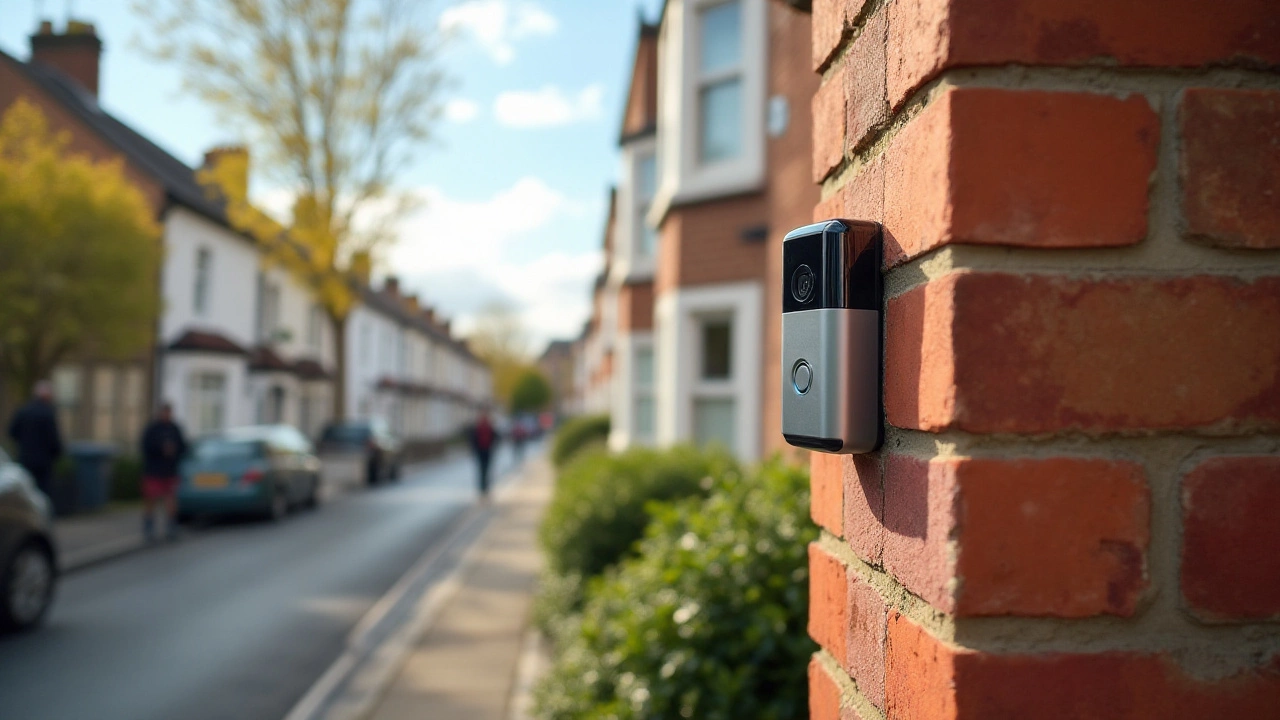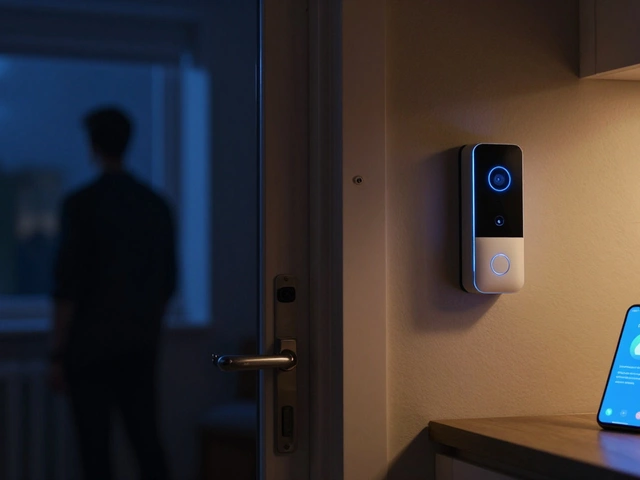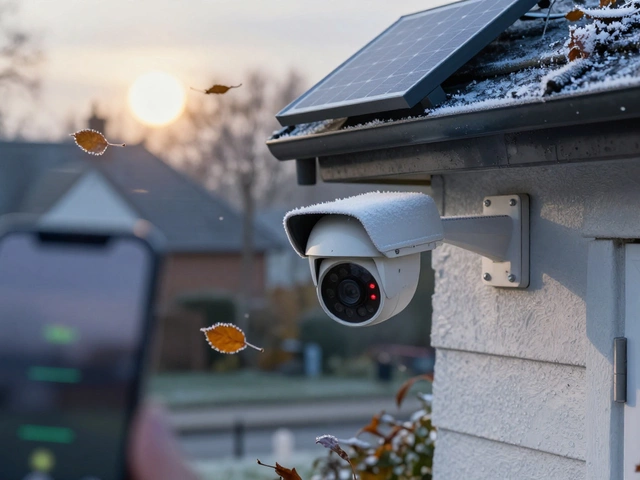Smart Doorbell UK: What to Pick, How to Wire, and Why It Matters
If you’re thinking about adding a smart doorbell, you’ve probably asked yourself: does it need wiring? Can a battery model really last? In the UK, the answer depends on your home’s wiring, budget, and how much you want to tinker. Below is a quick‑hit guide that walks you through the main choices, costs, and do‑it‑yourself steps.
Wired vs Battery: Which Fits Your Home?
Wired doorbells pull power from the existing transformer (usually 16‑24V AC). If you already have a traditional doorbell, you likely have a transformer in the loft or kitchen. The advantage? Constant power means a reliable video feed and no charging chores. The downside is a small installation job – you may need to run new cables or adjust the transformer rating.
Battery doorbells sit on a rechargeable pack and talk to your Wi‑Fi router. They’re perfect for flats, period properties, or anyone who hates drilling. Modern batteries can last 6‑12 months depending on motion alerts and video quality. Keep in mind that a weak Wi‑Fi signal will drain the battery faster, so plan the router’s location carefully.
Installation Basics – No‑Excuse DIY
Start by turning off the mains at the consumer unit. Use a voltage tester on the existing doorbell wires – you should see 16‑24V AC. If you’re adding a wired model, connect the two doorbell wires to the new unit’s terminals and mount the device at the doorframe. For battery models, just snap the board onto the bracket – no wires needed.
Next, pair the doorbell with your home Wi‑Fi (2.4GHz is preferred). Follow the app’s step‑by‑step guide; most UK brands ask for a simple QR code scan. Once linked, test the chime compatibility. Some UK homes have mechanical chimes that need a ‘bridge’ device, while others use digital chimes that work straight out of the box.
Finally, set up motion zones in the app. Define a range that covers your driveway but ignores the street to avoid false alerts. Adjust video resolution – 1080p gives crystal‑clear faces, but 720p saves battery life.
Cost wise, wired models run £80‑£150 plus a possible £30‑£50 for a new transformer. Battery models sit at £70‑£130, with optional extra batteries at £30 each. If you hire an electrician, add £80‑£120 for labour. Most UK homeowners find the savings in monthly monitoring fees worth the upfront spend.
What about reliability? Wired units rarely miss a video clip because power is constant, but a single power cut can stop them temporarily. Battery units keep running on stored juice, but you’ll need to swap or recharge every few months. The best compromise is a hybrid: a wired base with a battery backup that kicks in during outages.
In short, pick wired if you want set‑and‑forget performance and have a transformer ready. Choose battery if you live in a flat, want easy installation, or prefer not to touch the loft. Either way, follow the simple steps above and you’ll have a smart doorbell protecting your front door in no time.
Now that you know the basics, browse the latest UK models, compare features, and pick the one that matches your lifestyle. A smart doorbell is more than a fancy peephole – it’s a front‑line guard that lets you see, speak, and record visitors from anywhere. Install it right, and you’ll enjoy peace of mind for years to come.








